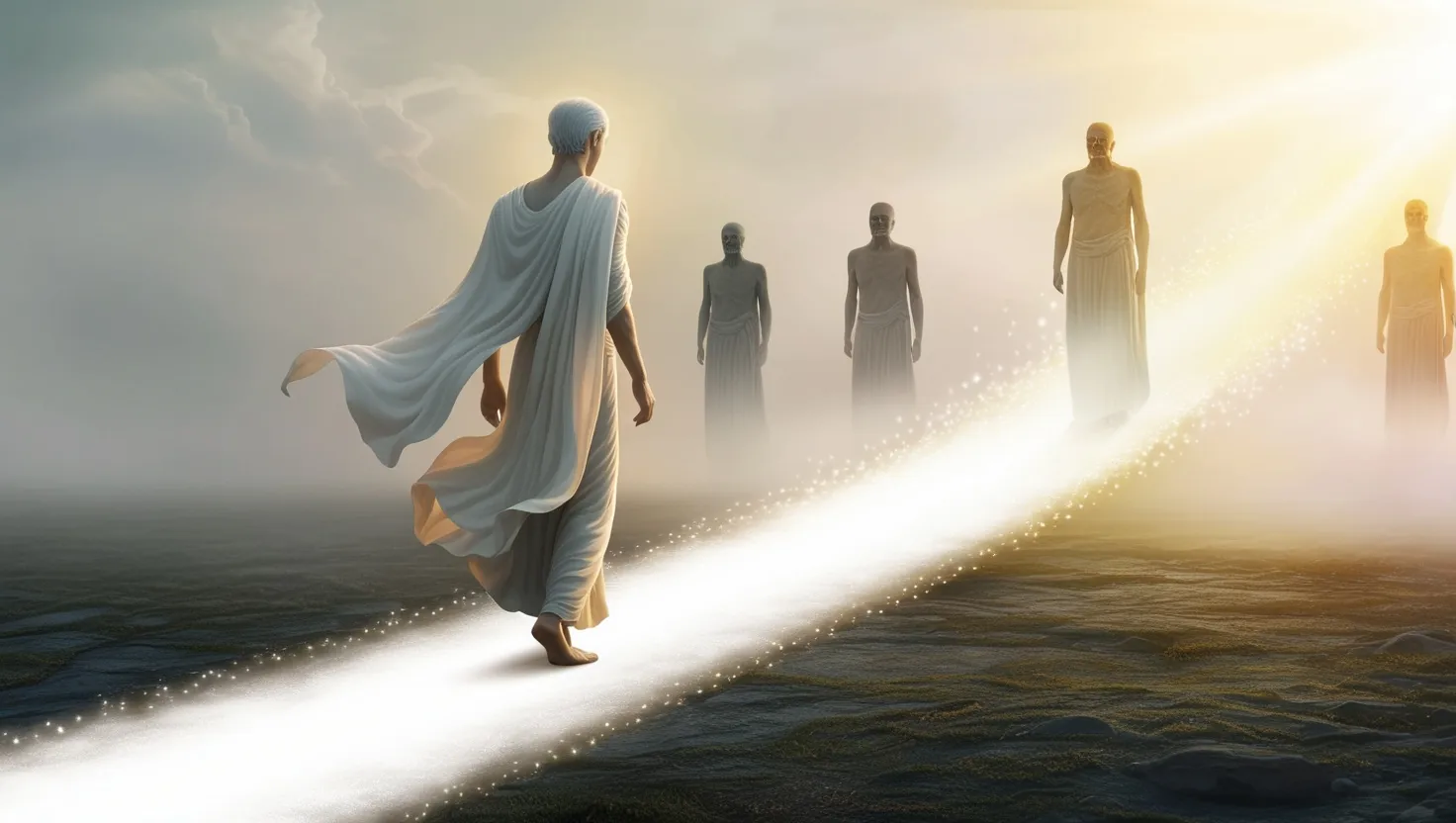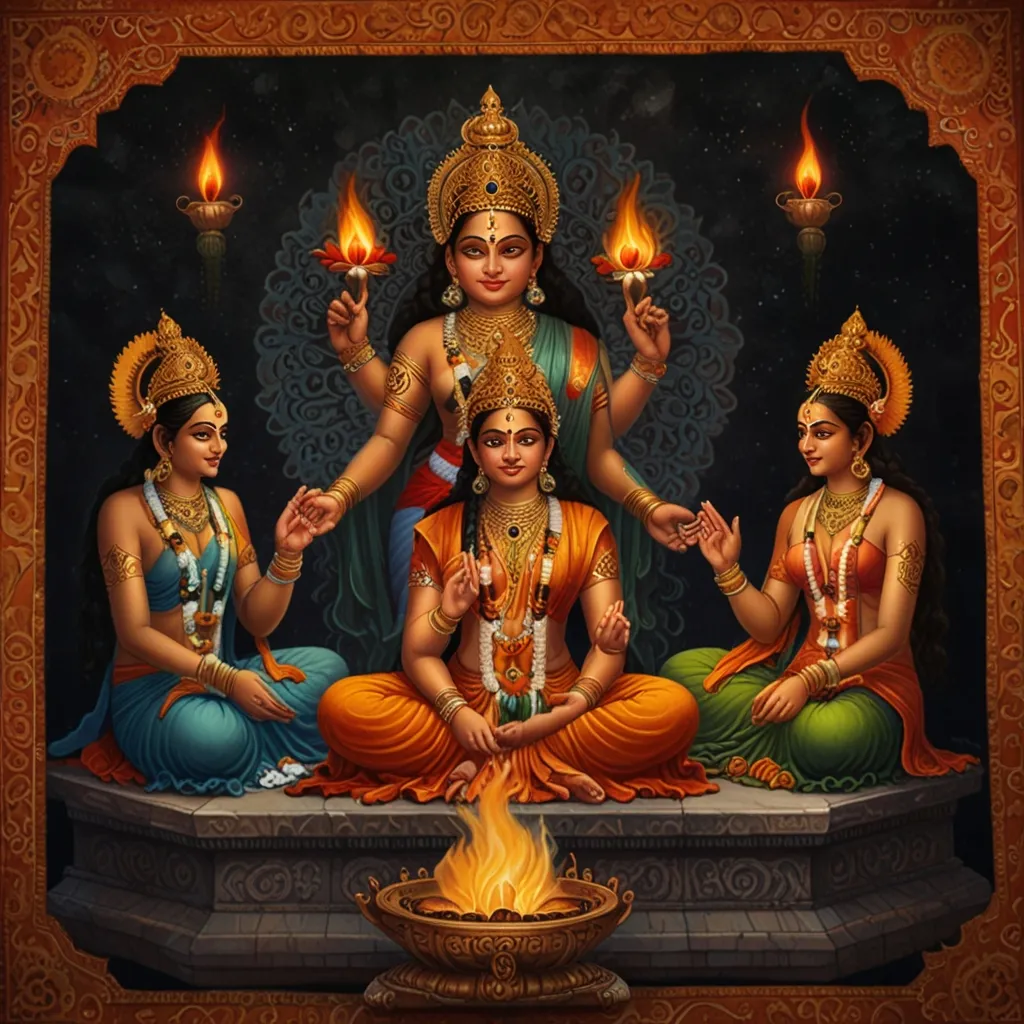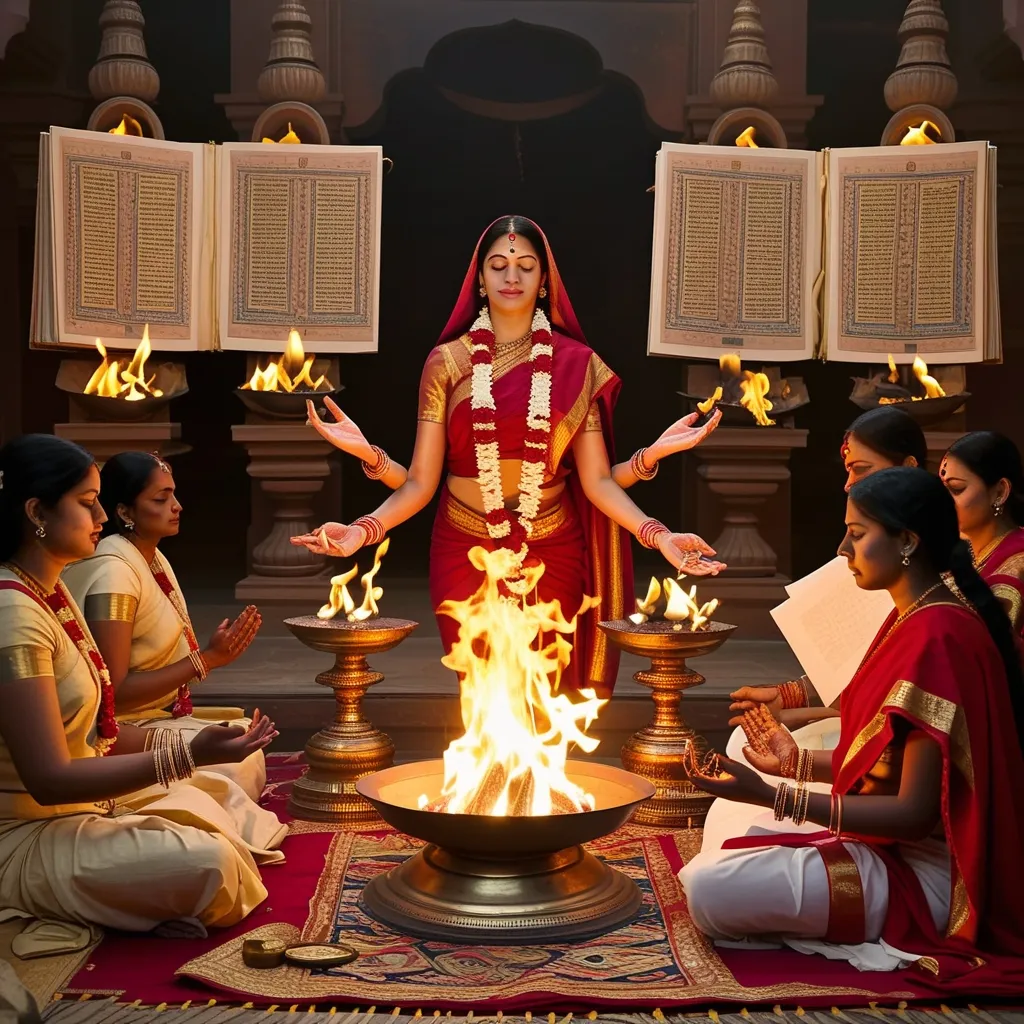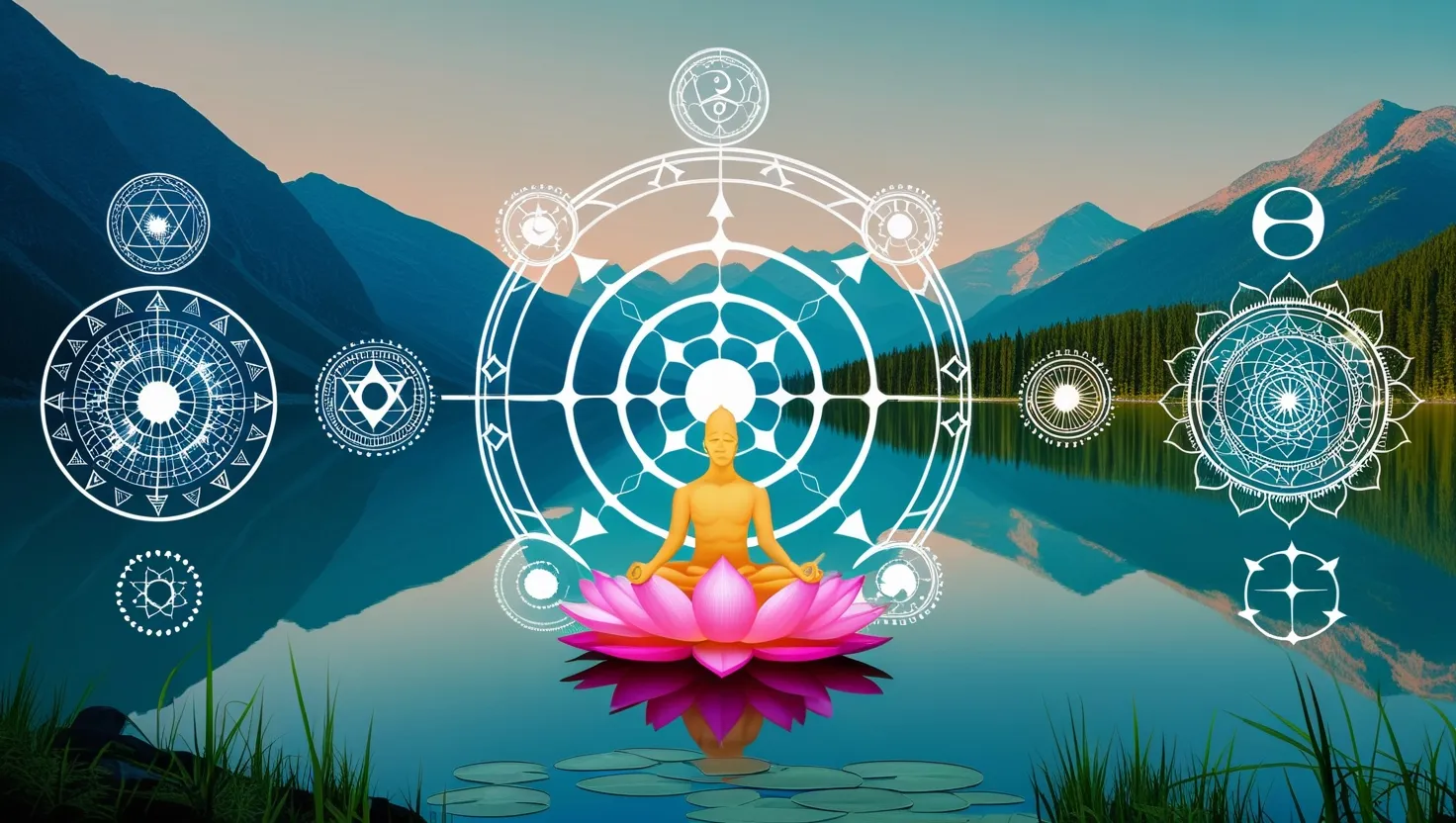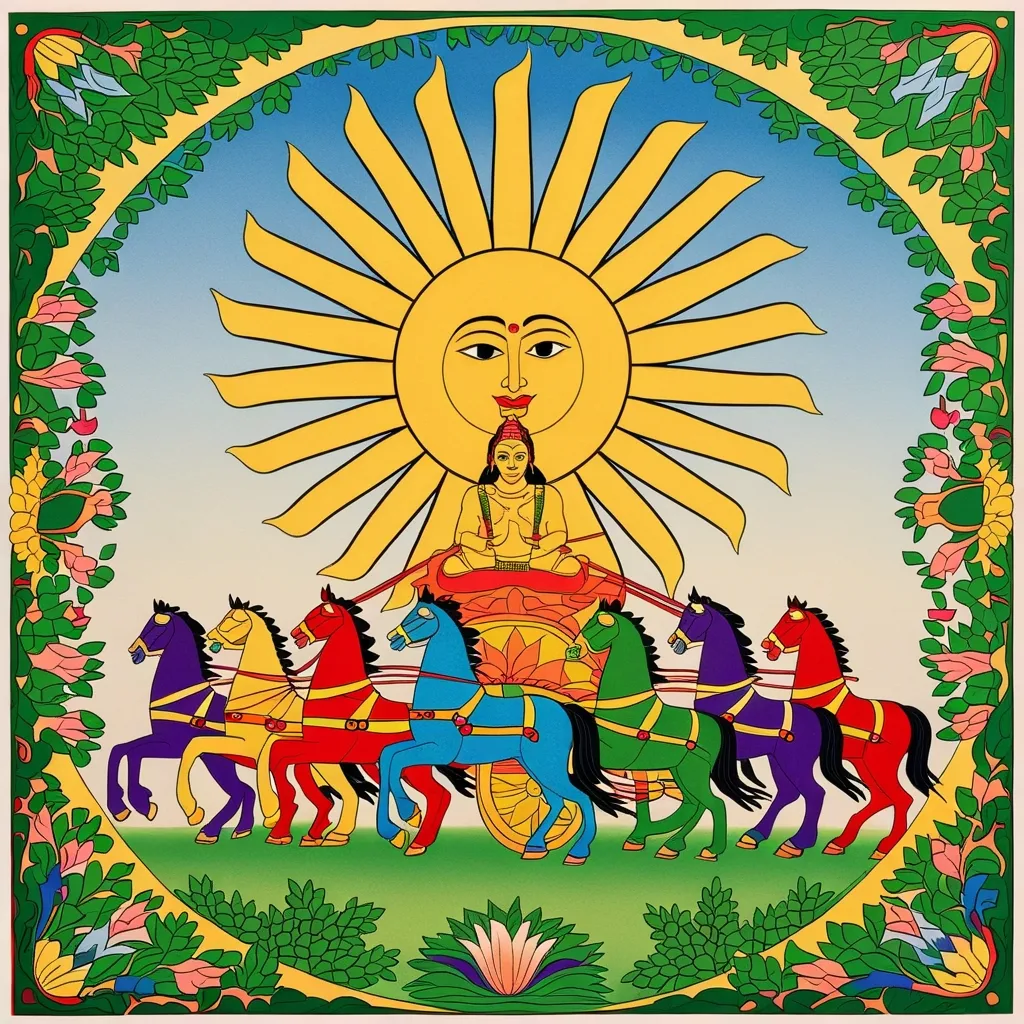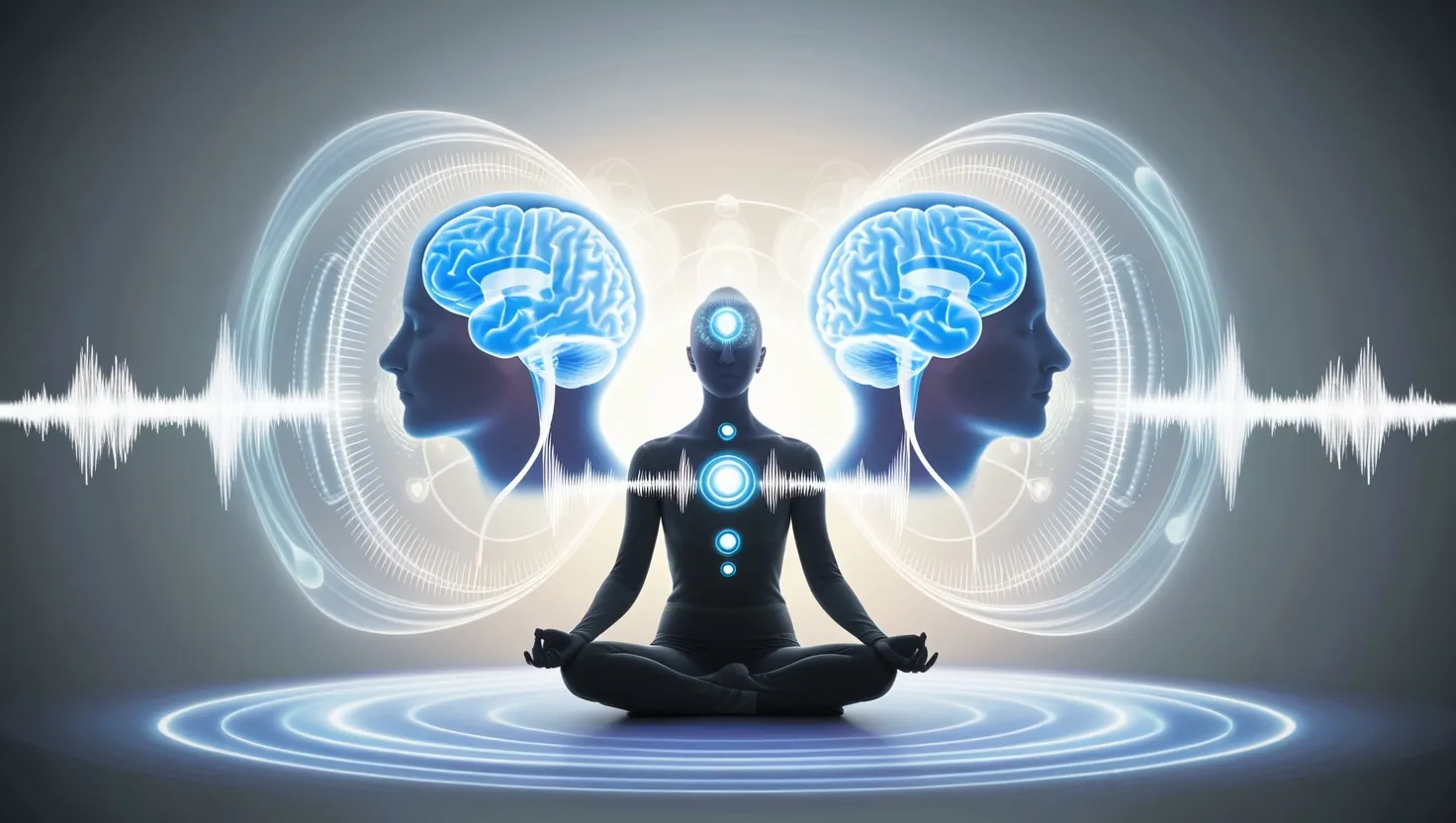How do I, as a seeker shaped by years of curiosity and reflection, interpret the Vedic teachings on death? Sometimes when we encounter death, our response is confusion or fear. But the Vedas propose an entirely different lens—a worldview that sees death as a vital, meaningful transition. Let’s step into this ancient wisdom together, discovering what the Vedas share about the journey beyond the physical form.
“Death is not extinguishing the light; it is only putting out the lamp because the dawn has come.” Rabindranath Tagore’s words echo the Vedic perspective: death is not a full stop, but a passage to a different chapter. According to the Vedas, I am not this body alone; there’s an essential consciousness, the Atman, dwelling within. The Atman is likened to a traveler who simply discards old garments for new ones when the time arrives. This image helps me embrace mortality as a transition rather than an obliteration.
Rigveda hymns present a poetic view: death is not to be feared, nor is it a punishment. Yama, the first mortal, is elevated as the guardian of the departed. What fascinates me most is that Yama is not a menacing figure, but a benevolent guide, ensuring the safe journey of souls to the ancestral realm. The principle that shapes this passage isn’t arbitrary. The Vedas stress the importance of Rta—cosmic order. How carefully do I live in accordance with this order? Every action leaves a trace, influencing not only my current experience, but my trajectory beyond this life.
Do you ever wonder about the invisible threads that link us to our ancestors? The Vedic tradition upholds the path of the Pitrs, the ancestors, as a vital journey after death. I find it humbling to consider that my ethical choices fashion a path for the soul after leaving the body. Shraddha rituals, performed by the living, are not just cultural formalities; they’re conscious acts to nourish and guide the departed. Through these rites, we acknowledge our ongoing responsibilities to those who came before us and those who will follow.
But what prepares the soul for this journey? The Vedas are clear: preparation is a daily process. Living with awareness, fulfilling dharma, and gradually untangling the self from mere physical identity—these are seen as life’s priorities. The Upanishads, which develop the later Vedic thought, speak to this quest in more abstract terms. They encourage a meditative understanding of the Atman, the underlying essence that persists. Each day, I am invited to die to ignorance and awaken to deeper truths.
“Live as if you were to die tomorrow. Learn as if you were to live forever.” Gandhi’s wisdom, though not Vedic, captures the spirit with which the sages approached both life and death: with seriousness, compassion, and a constant push toward greater awareness. In the Vedic worldview, life itself is preparation—the choices I make, the habits I form, the intentions I hold, all shape my consciousness for the inevitable crossing.
Sacred rituals following a death are often misunderstood as mere tradition. But they are, in fact, consciously crafted to support both worlds—the living and the departed. For the living, rituals provide structure in the face of grief, an affirmation that the relationship continues in a new form. For the departed, offerings of food and water through Shraddha symbolize both material and spiritual sustenance, fueling the soul’s journey onward. I often reflect on how these acts create a bridge—one that honors memory, fosters healing, and reinforces the ongoing nature of existence.
What happens after these rituals, when the immediate experience of mourning fades? The Vedas suggest multiple possibilities. In earlier texts, the soul joins the ancestors before reincarnating. Later writings, notably in the Upanishads, introduce a bolder idea: the cycle of rebirth, or samsara. Every lifetime becomes a unique opportunity for the soul to gather experience, learn, and refine itself. This notion reframes suffering and difficulty—not as meaningless, but as catalysts for growth.
I find the law of karma, woven throughout these teachings, offers both accountability and hope. Karma is less a cosmic ledger and more a principle of interconnectedness. Every thought, word, and deed shapes my future circumstances and, ultimately, the path the soul takes after death. As I consider this, I ask myself: how closely do I align with this idea in my daily life? Am I cultivating intentions and actions that benefit the larger order?
“Endings are not always bad. Most times they’re just beginnings in disguise.” This thought, attributed to Kim Harrison, fits strikingly with Vedic teachings—the notion that every end ushers in a new cycle. For those walking a virtuous and reflective path, the Vedas describe an exalted route: the path of the gods, or devayana. This journey leads the soul to higher realms, opening up new vistas of spiritual growth and knowledge.
But there is a destination beyond even these celestial realms. Moksha, or liberation, is described as freedom from the cycle of birth and death. The Upanishads use vivid imagery, likening the soul’s merging with Brahman—the ultimate reality—to a river entering the sea. Individuality dissolves, and all sense of separation falls away. This is not a loss, but a profound realization of one’s original nature. It’s as if the entire journey of many lives, with all its sorrow and joy, was a process of returning home.
Some might wonder, where does free will fit in this cosmology? The Vedas insist that while there are strong undercurrents—fate and karma—my choices matter. The manner in which I face death, the consciousness with which I live, these are not predetermined. Even at the moment of transition, the soul’s attitude and awareness are considered significant. The ancient texts narrate that a person who dies with a tranquil mind, unattached to worldly desires, moves on with greater ease.
“What we call the beginning is often the end. And to make an end is to make a beginning. The end is where we start from.” T.S. Eliot’s lines echo through the Vedic perspective, where the linearity of birth and death is replaced by a cycle, and every ending is woven into a larger fabric of consciousness.
I often ask: how does this perspective shape the way I mourn and remember? While grief is natural, the Vedic path encourages me to see beyond the immediate pain. Death is not an annihilation, but a rearrangement—a movement into another state. The soul, unburdened by bodily constraints, continues its evolution. This helps me find a sense of peace, even in loss.
In our modern lives, surrounded by noise and distraction, do we leave space to reflect on the inevitable? The Vedic sages invite us to weave this awareness into daily living. They suggest cultivating detachment—not as indifference, but as a freedom from obsessive clinging. By living with intention and mindfulness, I can approach the end with less fear and more clarity.
Today, science seeks to understand what consciousness is and what, if anything, might persist beyond biological death. Though the Vedic teachings emerged millennia ago, their insights sidestep dogma. They invite inquiry. What is the nature of my awareness? Is it localized to my body, or does it transcend it? The sages urge me to contemplate these questions not as abstract philosophy, but as practical guidance for living more fully.
“There is no death, only a change of worlds,” said Chief Seattle, and the Vedas would nod in agreement. Death, for the Vedic mind, is a process as natural as birth. The sadness it brings is acknowledged, but not seen as final. Instead, the cycle is respected, the continuity embraced.
If I embody even a fraction of this wisdom, considering my own mortality becomes less about dread and more about preparation. Am I living in harmony with truth and kindness? Am I ready, if called tomorrow, to let go with grace? These questions are not meant to frighten, but to awaken. Each day is both an opportunity and a preparation.
So, in living and in dying, the Vedic teachings urge us to support each other—through ritual, remembrance, and compassionate action. Maybe the greatest lesson is this: the story does not end with death, for the soul’s journey is vast, mysterious, and ultimately directed toward union with the infinite. What lessons will I carry forward, and how might they shape the unseen chapters to come?
